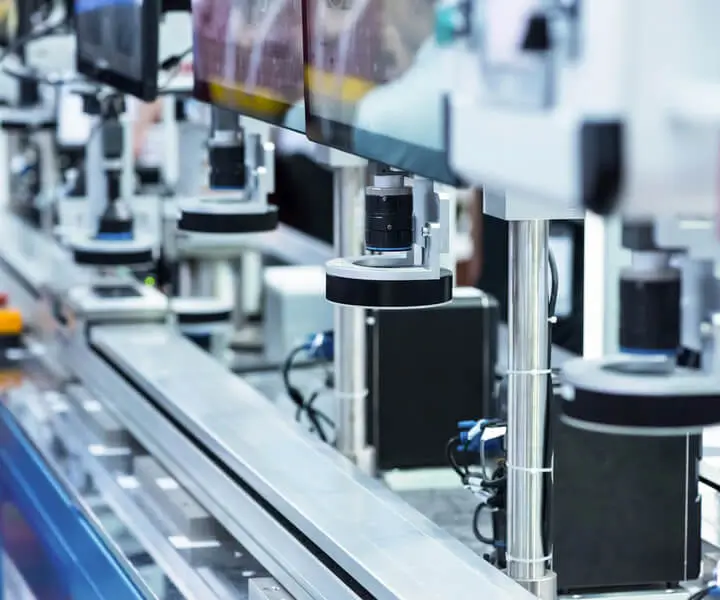In the world of modern microservices architecture, there are always a few buzzwords that seem to pop up everywhere: “microservices registry” and “service mesh.” Both are like the neighborhood watch and traffic cop of your service ecosystem—each doing a different job, but both essential for keeping things running smoothly. But what do they really do? And more importantly, how do they fit together? Let's dig into it.

Picture this: your microservices are scattered, like tiny islands in a vast archipelago. A microservices registry acts like a detailed map. It keeps track of where every service is, what version it's running, and how to reach it. Imagine your app needs to call a payment service. Instead of guessing, it consults this registry, ensuring it’s connecting to the right destination. It’s about reliable discovery and keeping the service landscape organized. Without it, your system risks chaos—services lost in translation, or worse, duplicated and outdated.
Then there's the service mesh. Think of it as the nervous system—it handles communication, security, traffic routing, and even controls flow behaviors. When your services need to talk, the mesh manages that conversation seamlessly. It can prioritize some calls over others, reroute traffic during a failure, or add encryption without the services ever noticing. Service mesh plays a vital role when it comes to observability and control—making sure traffic is balanced, secure, and resilient.
So, is one better than the other? Not really. They’re more like partners in crime. The registry is about knowing who is who and where. The mesh is about how they talk, how securely, and how efficiently. Think about it: you need both to run a reliable, scalable microservice system. One provides the directory, the other manages the traffic.
A question that often pops up: isn’t a service mesh redundant if I have a registry? Not at all. Imagine you know where your services are but want to steer traffic subtly, handle retries, or implement security policies without changing your service code. That’s where a service mesh shines. It adds that flexible layer of control that complements the registry’s discovery functions.
For companies concerned about managing complexity, it’s worth noting: a good service mesh can simplify operational oversight. It offers deep insights, making troubleshooting easier. It also makes deployments smoother—can you picture rolling out updates without breaking a thing? The mesh is the behind-the-scenes hero making this happen.
The real magic happens when both are deployed together—your registry gives you a solid map, and the mesh controls the journey. If you’re eyes are open to building hyper-resilient, flexible microservices, understanding this combo is key. Because, let’s be honest: a system that knows where everything is but can’t manage the traffic properly is more chaos than control.
That’s what makes these tools indispensable. They aren’t just tech jargon—once you see how they fit into the bigger picture, you realize they’re the backbone of reliability. Whether scaling, securing, or troubleshooting, having a clear picture and a smart traffic controller changes everything. Now, does it sound like the right approach for your architecture? Maybe the next step is imagining how you can stitch that together seamlessly—trusting that both the map and the nervous system are working in harmony.
Established in 2005, Kpower has been dedicated to a professional compact motion unit manufacturer, headquartered in Dongguan, Guangdong Province, China. Leveraging innovations in modular drive technology, Kpower integrates high-performance motors, precision reducers, and multi-protocol control systems to provide efficient and customized smart drive system solutions. Kpower has delivered professional drive system solutions to over 500 enterprise clients globally with products covering various fields such as Smart Home Systems, Automatic Electronics, Robotics, Precision Agriculture, Drones, and Industrial Automation.




































